Web interface to your Asterisk. Statistics for call centers, sales teams, listening to calls and much more
We also launched website, affiliate program wiki, the public in Sots. networks, wrote billing, rewrote the daemon sync golang... and made a bunch of cool pieces — you name it.
Today I want to share with the community our achievements in product development.
So now is the menu and launch the report:
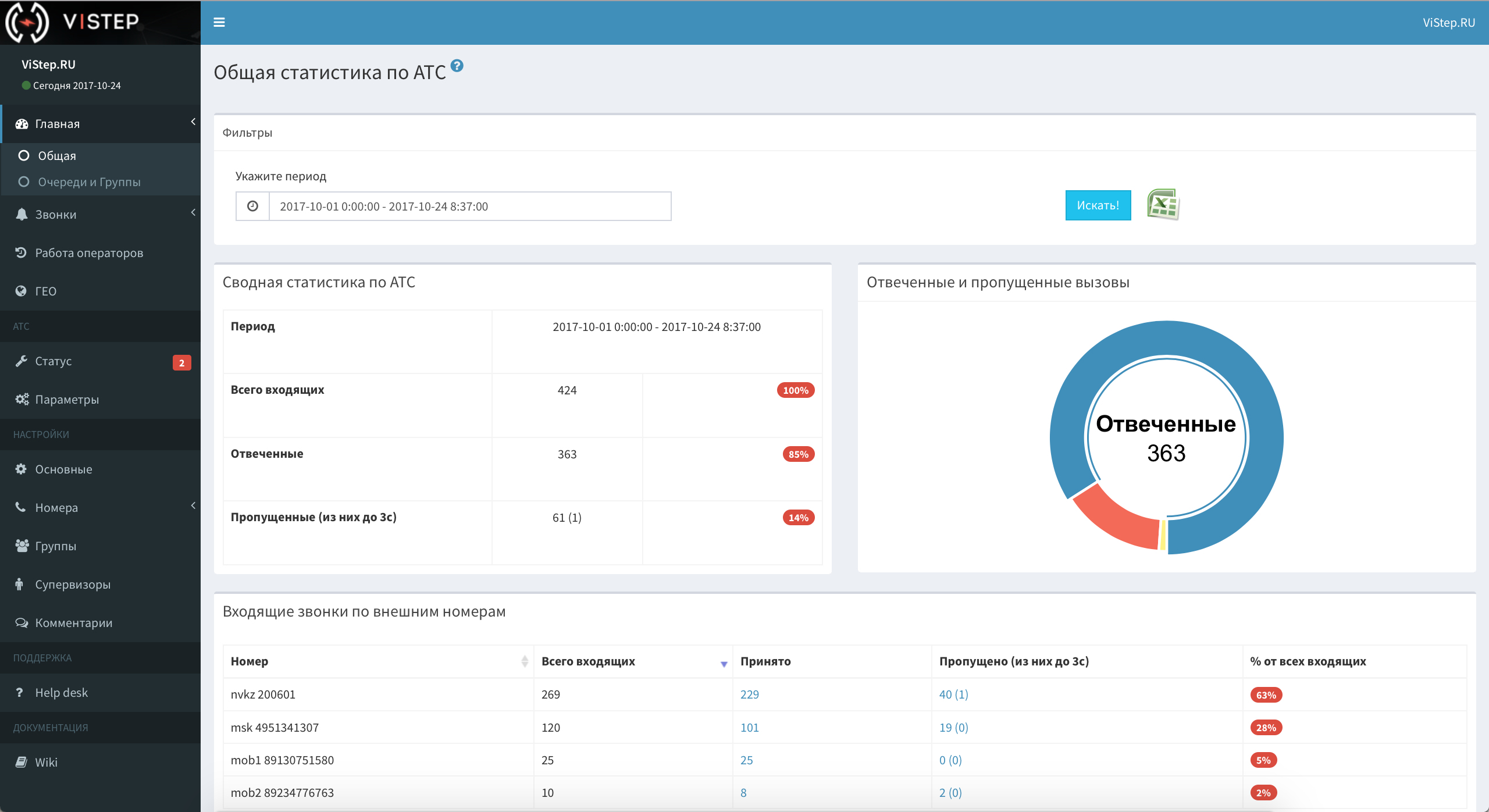
Under the cut I will reveal all the details of the items and describe in detail the work with the interface.
And of course, in honor of the "anniversary", all the gifts!
the
What can we do today
In the current version (1.1.0) statistics ViStep.RU allows you to:
the
-
the
- listen to or download recordings of completed calls.
(and you can download all records found for the search filter, one archive).
the - to Monitor the quality of testing calls to evaluate their effectiveness
(who received/missed/made calls; their duration).
the - to Create groups of extensions, and view reports in the context of these groups
(for outgoing calls, reports for inbound subscribers are grouped by queues for Asterisk).
the - to Provide each supervisor access to groups and queues, reports he can view. the
- to See the statistics of incoming calls in the context of each "external" numbers
(how many incoming for the period, for each room, how many accepted/ignored).
the - View detailed logs of external, internal and missed calls, as well as the magazine calling for the first time (tabular reports with flexible search filter). the
- to Export all reports to Excel. the
- to add comments to calls (in table reports). the
- to monitor PBX
(we have integrated our service with zabbix and send you email/sms when problems occur).
the - to Estimate the time of work and breaks each statement line for the selected period. the
- to Add your company logo
(on page of authorization in the header for the local version and only the header for the cloud).
the - Ask any question from support'directly from the interface. the
- to See a breakdown of the number of incoming and outgoing calls on areas/edges and other subjects of the Russian Federation at Yandex.The map.
— OK, can do that today, and tomorrow?
— All the information about the nearest plans for development we regularly publish in the wiki-section Road map — come, let us welcome!
the
Home
The menu is divided into two reports:
the
General, where information about all incoming to the PBX calls in the context of external ("city") numbers.
A screenshot of the top of the page was to kata, below are a chart and a graph:
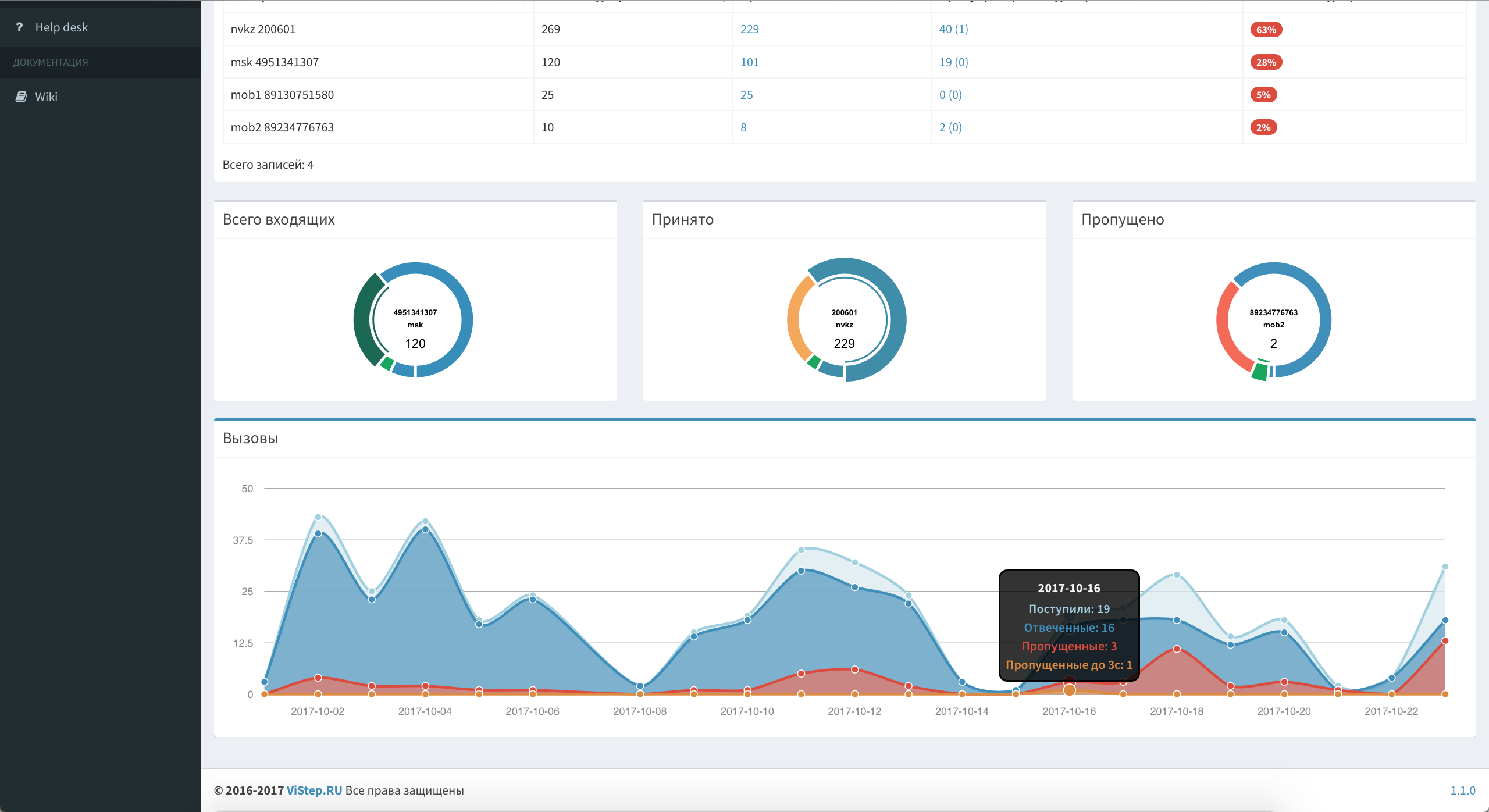
"Queues and Groups", which displays information about incoming calls
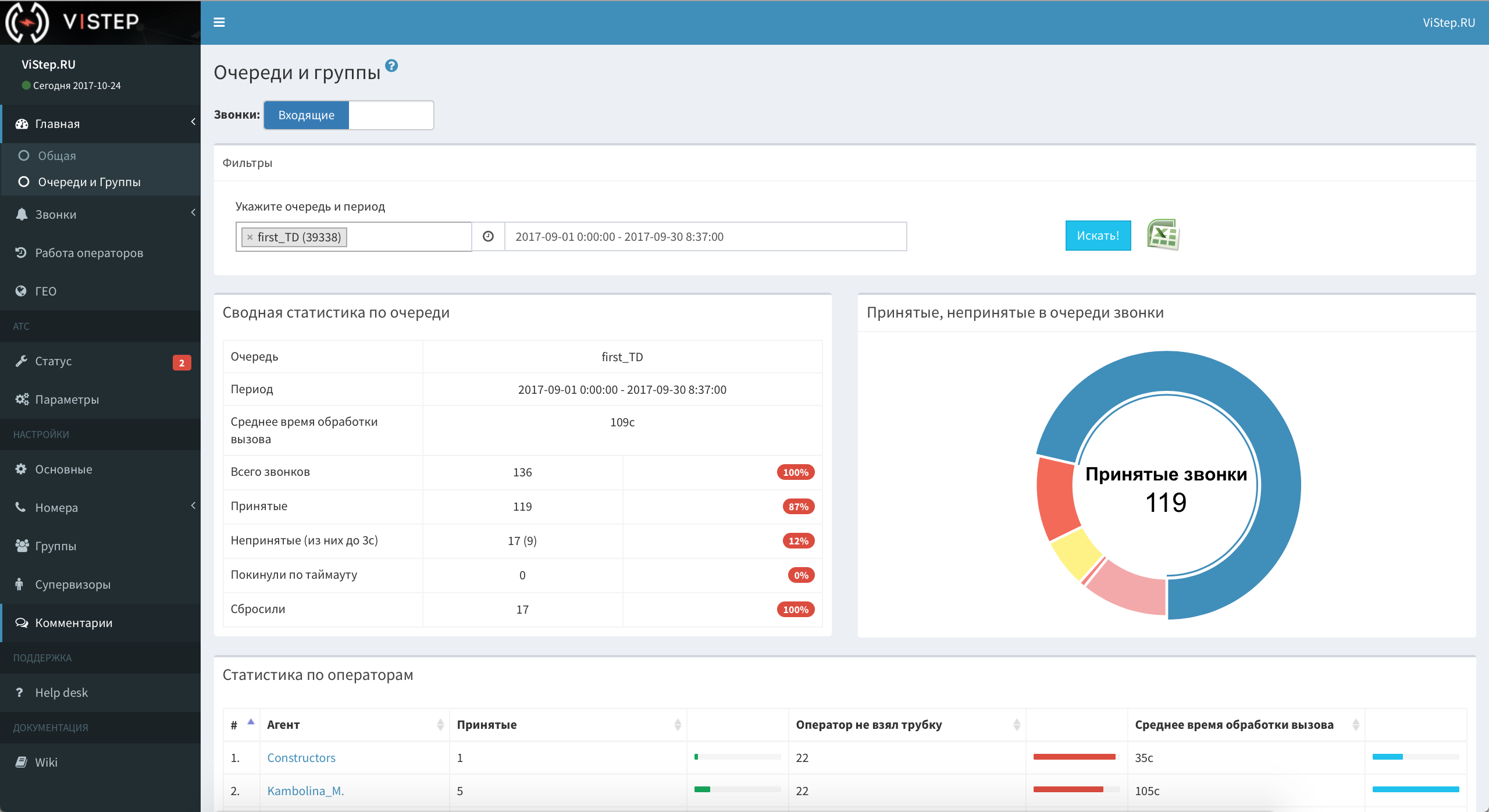

Here you can choose all of the queue (again — a queue of Asterisk), or one/a few.
Screenshots of report by outgoing calls under the spoiler below, so as not to load the post
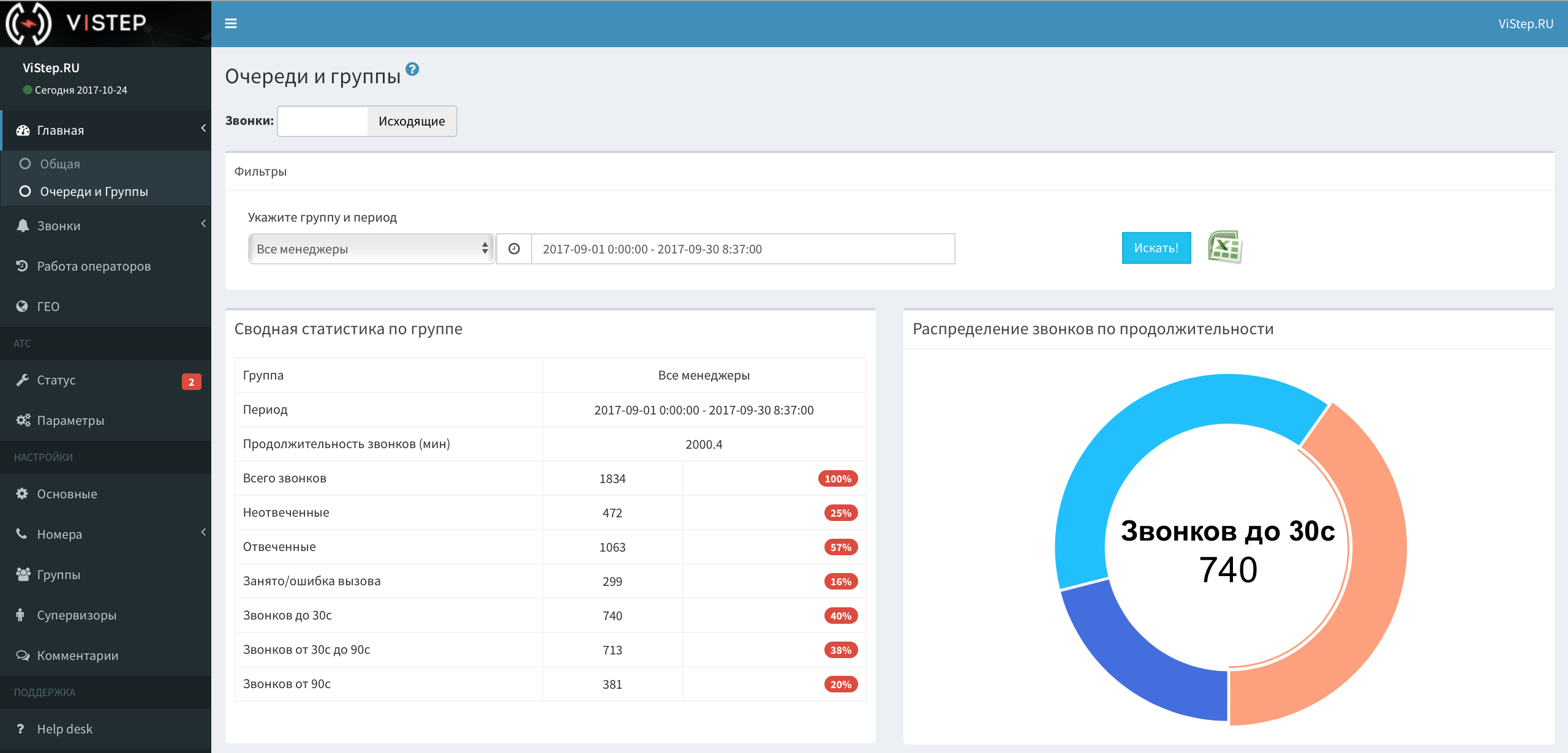
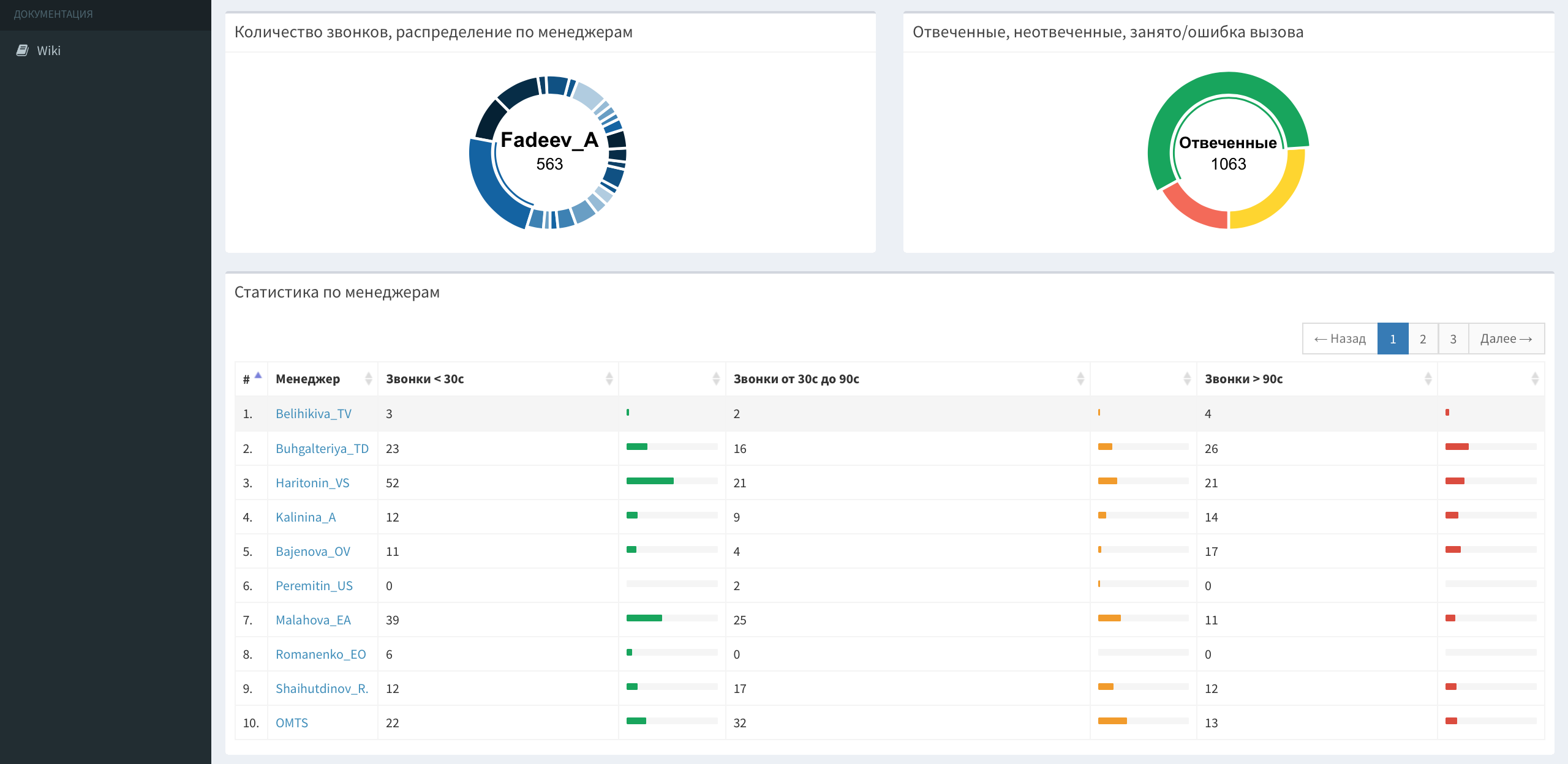

The report is built on all outgoing calls of employees outside, or in the context of the group you can create in the "Settings Group".
The reports in this section will help:
the
-
the
- to evaluate the "exhaust" an advertising company, where you specify a specific telephone number the
- to know the ratio of accepted/missed to received telephone calls in General the
- to get a picture on incoming calls as the queue(s) and each operator separately the
- to monitor the quantitative and qualitative characteristics of outgoing calls of employees
And many of the items in the report group "Main" are clickable and lead directly to reports in the submenu call history. About him and talk.
the
Calls
Here is a collection of 4 grid report:
the
"External calls"
Will show all calls received from outside to the PBX or committed by its subscribers outside. Divided into incoming and outgoing and allows you to search for calls in queues and/or groups.
In addition to the queue(s), in the filter for incoming you can select a group (for example, if the dialplan after the Queue() is the Dial(), calls too).
In addition to the main filters: date, place(s) and/or the group, under the spoiler there are a number of additional. Here's how it looks:

Switch plate Calls: at the top of the page "Outgoing"

The filter is slightly different, but in General all the same.
Also note that additional filters can search for calls on the internal subscriber's number and name (matching the name number specified in "Settings — Numbers — Interior", will tell you later)
"Internal calls"
The report will find all calls between internal numbers, i.e. subscribers.

Dwell will not, think that's clear.
"Missed calls"
Tabular performance report "Major — General" in terms of missed calls, i.e. will show: who/where/what time you called and went unanswered.

"I Called the first time"
— And who called us for the first time, for a specified period of time (i.e., ever being as long as the database calls based on the selected period)?
— But who (again screenshot under spoiler).

As in all tabular reports, we see:
the date of the call, which employee responded, caller ID and our city, duration and other data.
Still you have probably noticed these badges on each of these pages:


the first of them will save the report in xls format, click on the second you will download the archive with all files of the recorded conversations was found in the search filter, and the third will lead to our wiki at FAQ an open report or settings.
Report group "Calls" helps in finding the detail information for each call, provides the opportunity to listen to and download recordings and upload a spreadsheet in Excel.
Here I have everything, go on.
the
operators
The report will show how many worked for each of the operators of the queue over a period of time. The operator can be added and removed from the queue, you may put yourself on pause (for lunch, for example) and remove the pause.
All of these events you will see in this report and will be able to estimate how long each operator spent in queue (pause time and adding/removal will be deducted from the total).
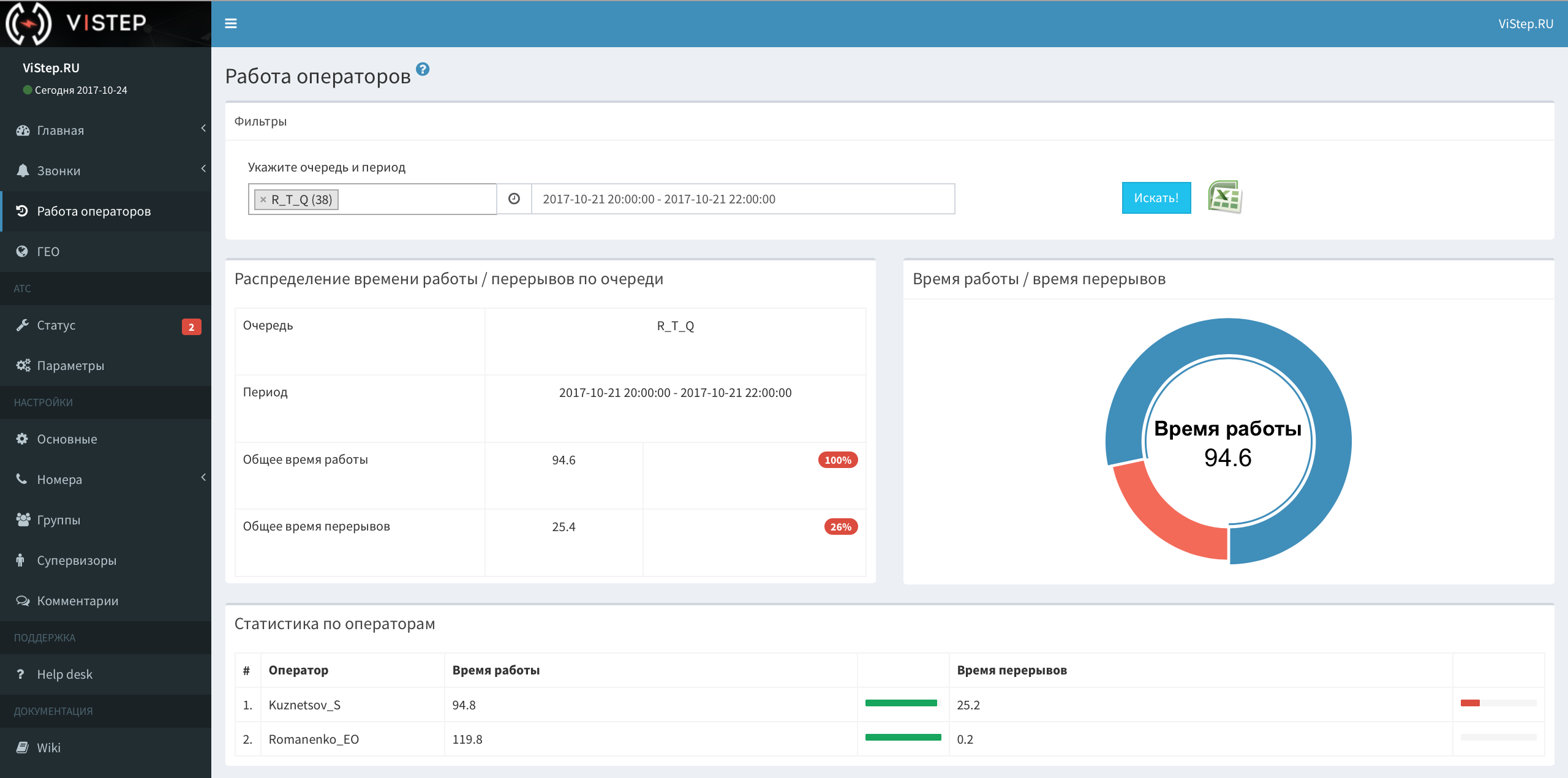

Notice to build this page, Asterisk must be configured properly, i.e. operators or supervisor must provide a mechanism to add/remove, and removing/pause queue members.
the
GEO
Geolocation of incoming and outgoing calls.
We took a database of conformity of their territorial jurisdiction, to speed pushed her into reddis, screwed Yandex.Card and got this picture here:
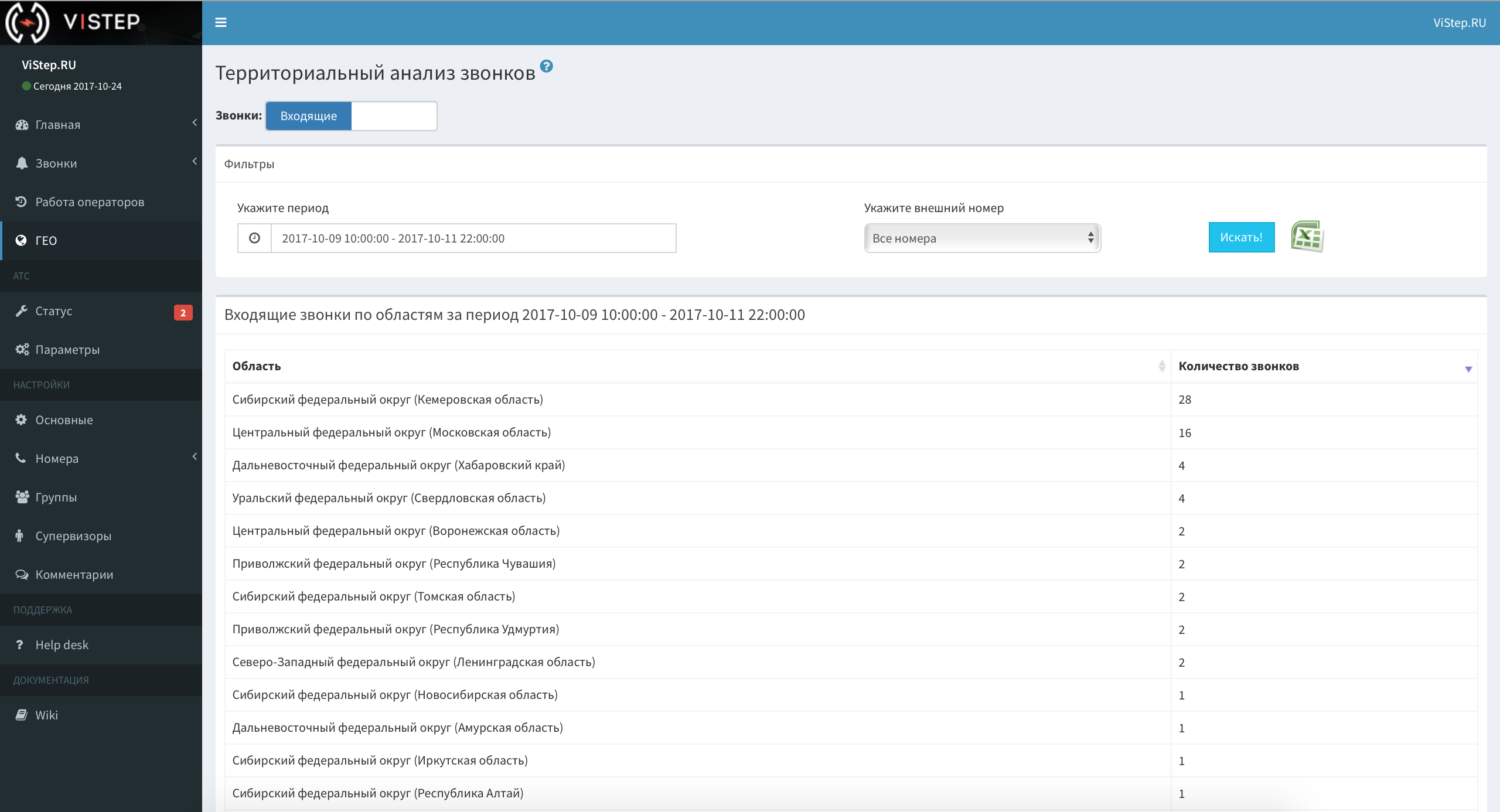
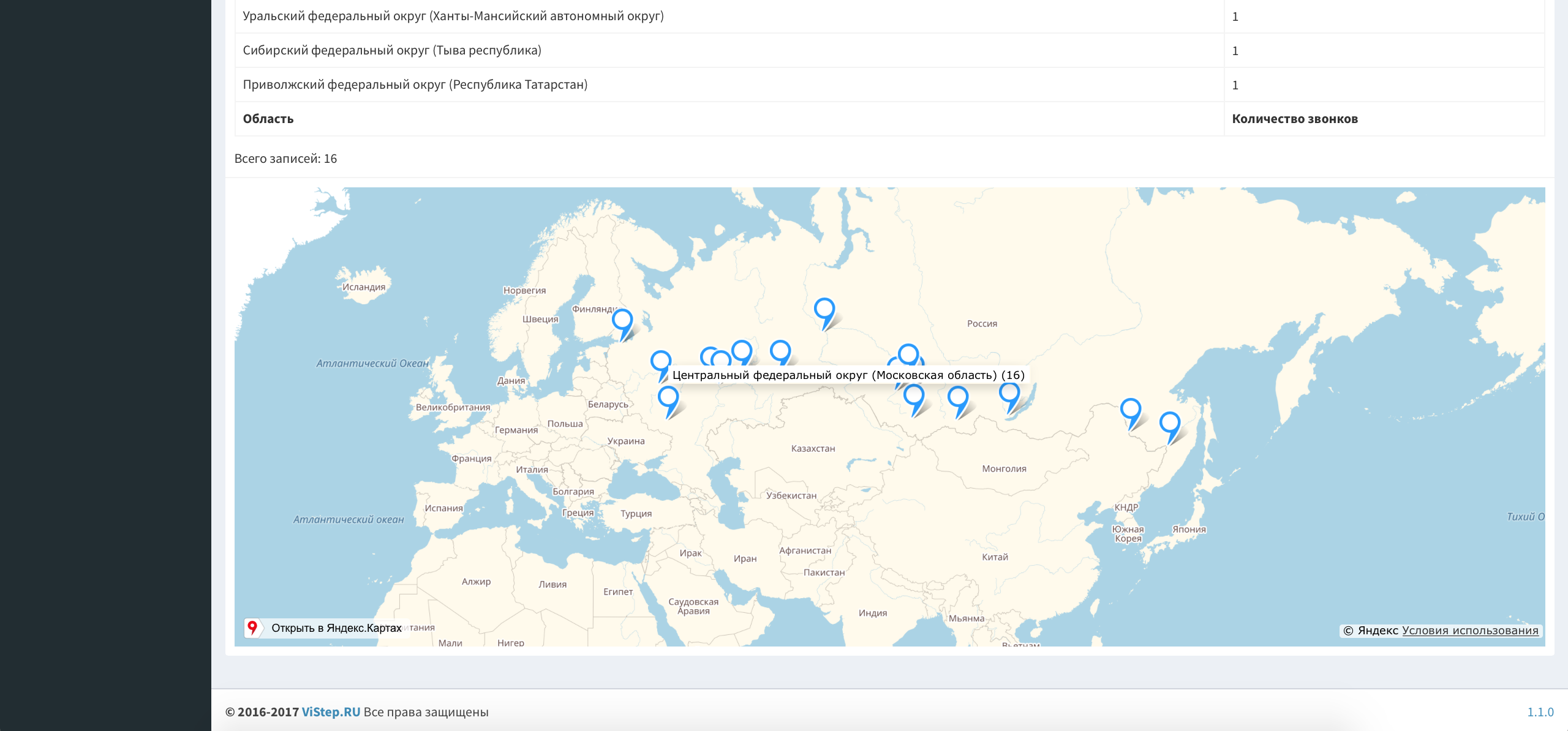
Only works while in Russia, a breakdown of incoming and outgoing calls.
For inbound there is an additional filter — an external number, i.e. to obtain a result as possible for all the "urban" numbers and for each separately.
Sure, on screen everything is clear, I will not waste your time and letters will continue.
the
PBX. Status
The statistics service is integrated with popular system monitoring Zabbix.
In the personal Cabinet of the user in this menu, we reportwhen about any problems and derive several graphs of ATS resources:
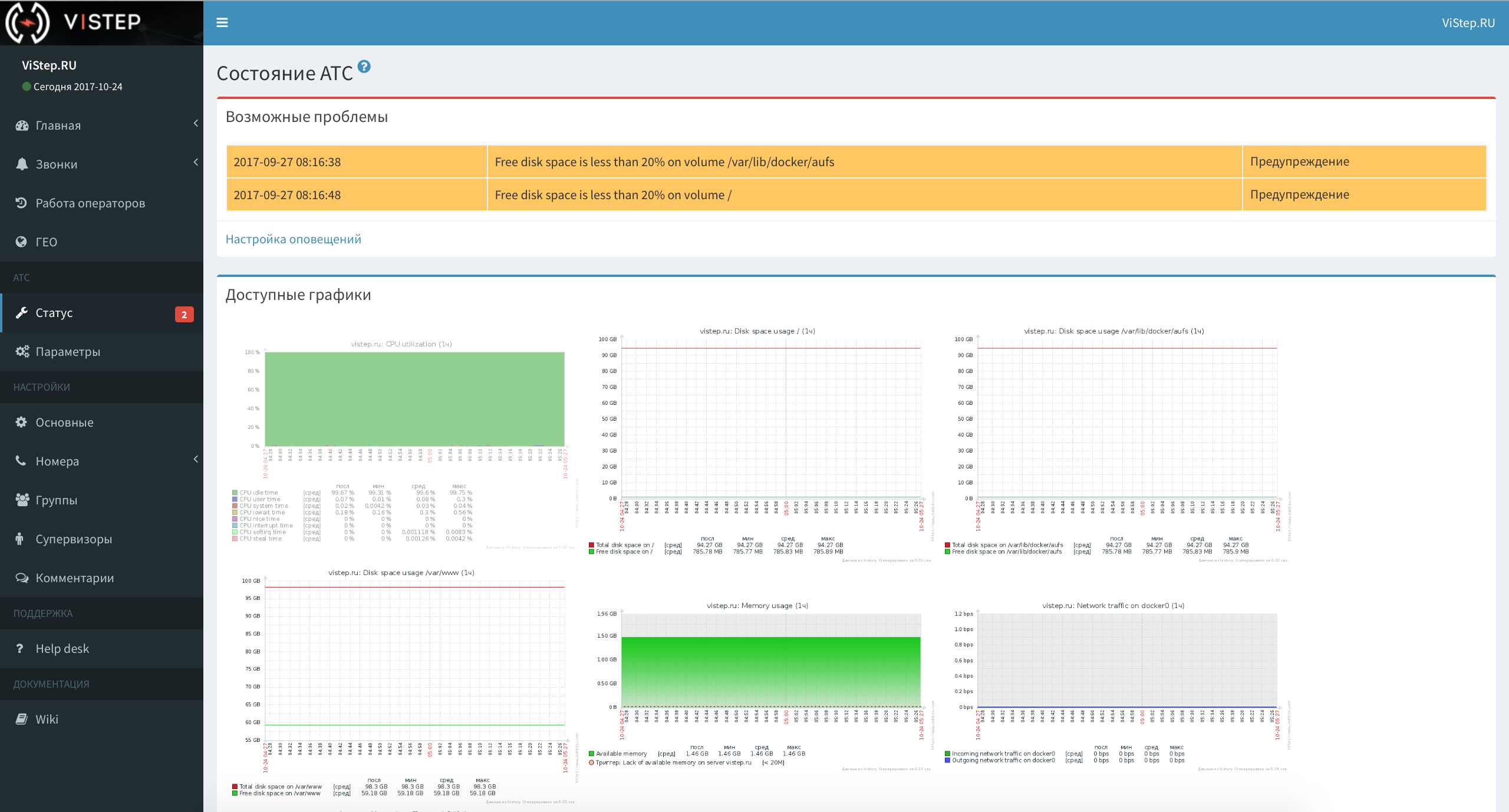
Menu "is highlighted in" figure-the number of triggered triggers.

If you want, then the trigger will send you email or sms about the problem.
Plus, for a small fee, take your Asterisk under his "wing" and immediately eliminate the problem you experienced.
the
PBX. Parameters
Here is the settings for the various alerts from the monitoring system, balance the sms account, and a button to enable/disable services "Support control".
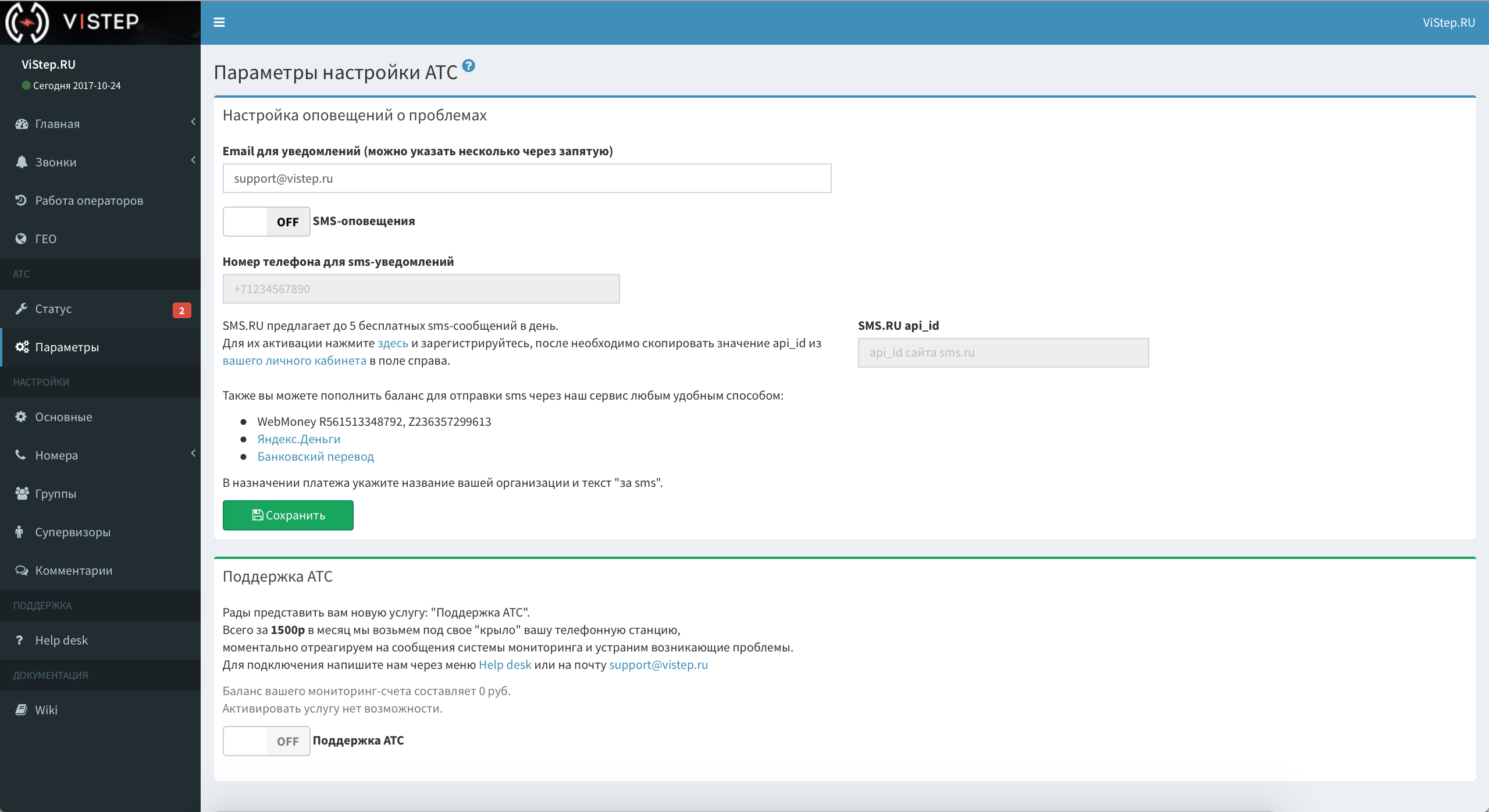
the
Additional reports
Forgot to mention — after all, we have more and more reports.
The idea is that you may not have enough functionality out of the box and requires a highly specialized report for a specific business process (or the processing logic calls, if you want). We write this according to your technical task.
For example, the report "response", written for call-center customer:

An incoming call addressed to the first queue of operators (let's call them the first line), then if the first line missed all or busy is sent to the managers (second line).
The head it is important to know what calls took the first line, which second, and those that remained unanswered. We provided this picture — in addition to the standard date/who/where and so on at each call there is a field "Status":



With the reports done, now I will tell you about the settings.
the
Settings
A variety of parameters configuration interface is located in a separate subgroup of:

the
- the Number and status trunk the
- the Number and extension status the
- Condition queues the
- Active calls the
- And something cool
General
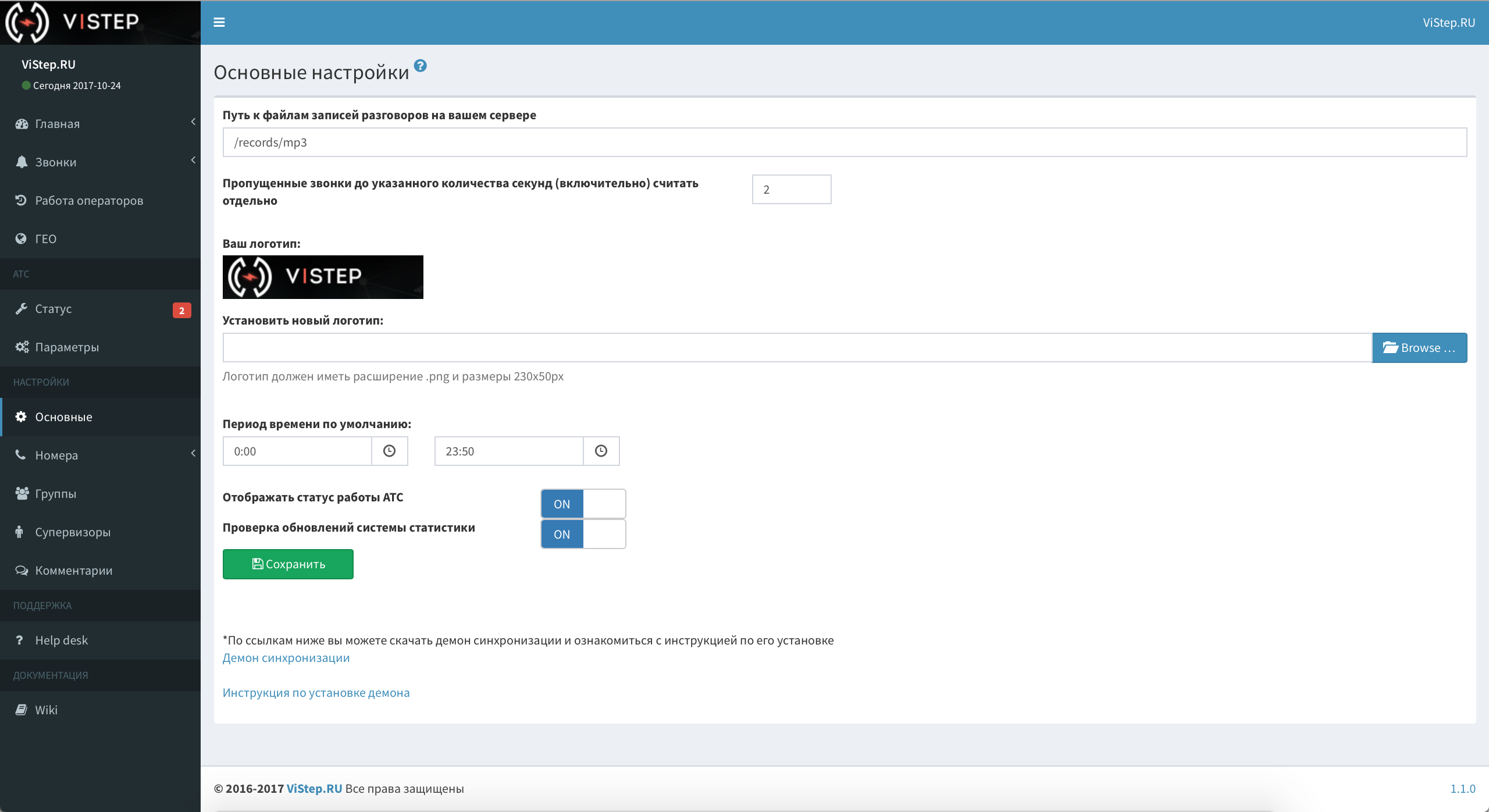
Numbers
the
"External"
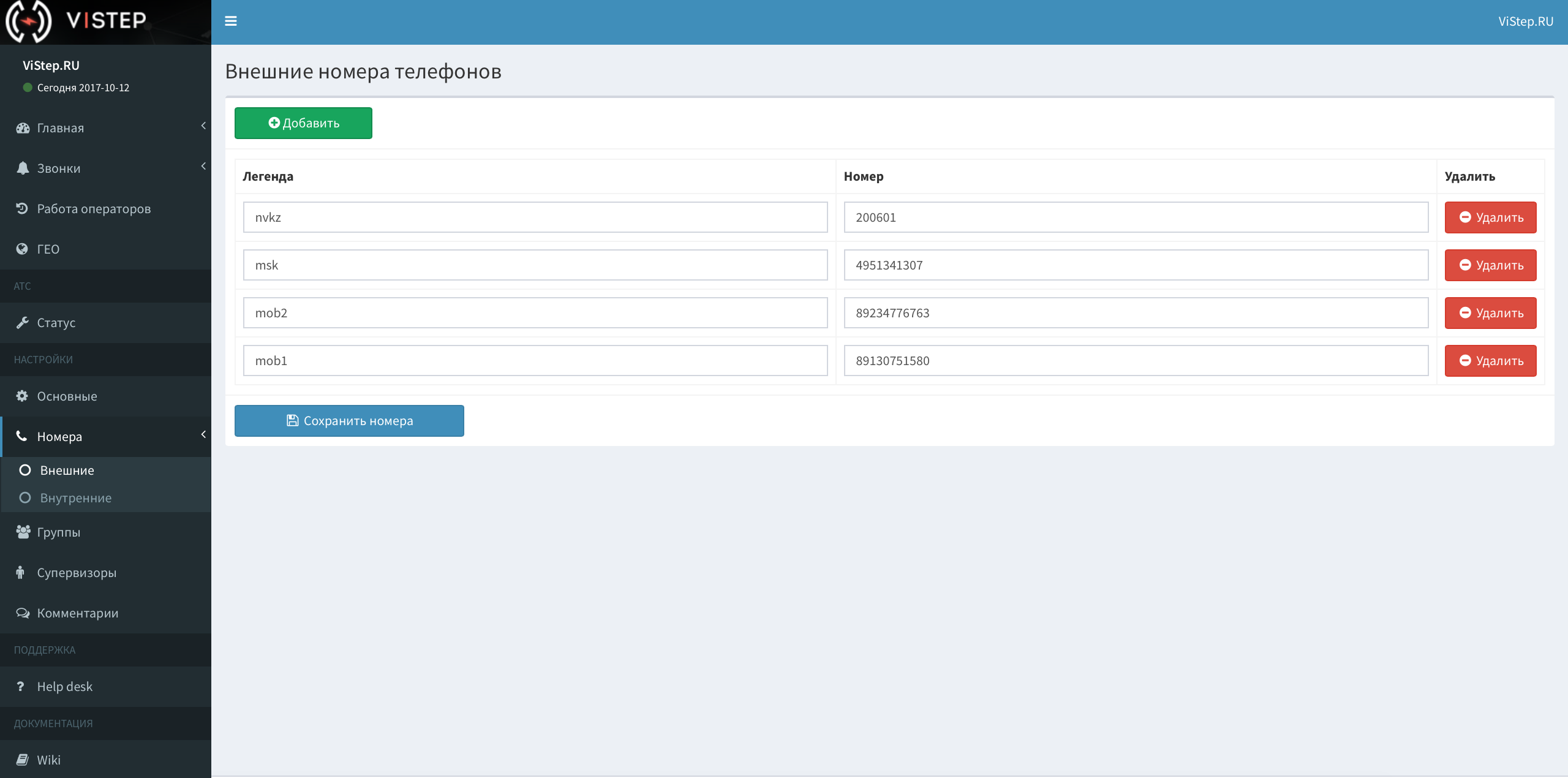
On this page you need to make all of your "urban" rooms and clear the legend (e.g., "Moscow", "Peter", "Is", etc.) for them.
"Internal"
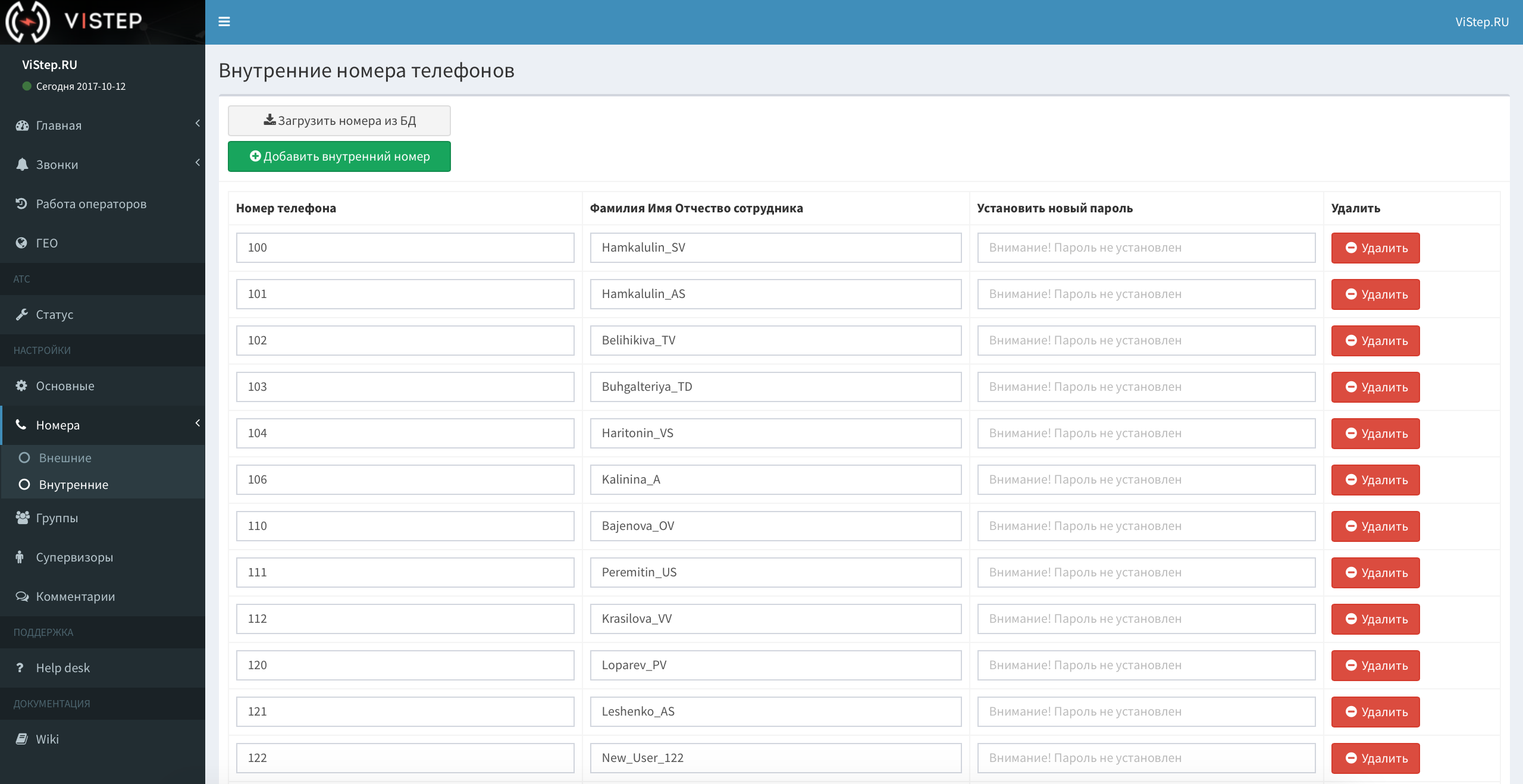
You begin by setting the button "Download numbers from DB".
It'll tighten the line vnutrennimi <-> callerid from the database (the query uses all the calls over the past year).
Next, a list is maintained manually, you can fix it, Supplement, and also set a password for each employee, so that he can login and see their calls.
Groups
Group internal numbers is useful in the case that a lot of them or is it necessary to separate, for example, into departments or shifts. List of all groups looks as follows:

Add/remove people one-by-one using multiselect (ctrl/cmd + left-click):
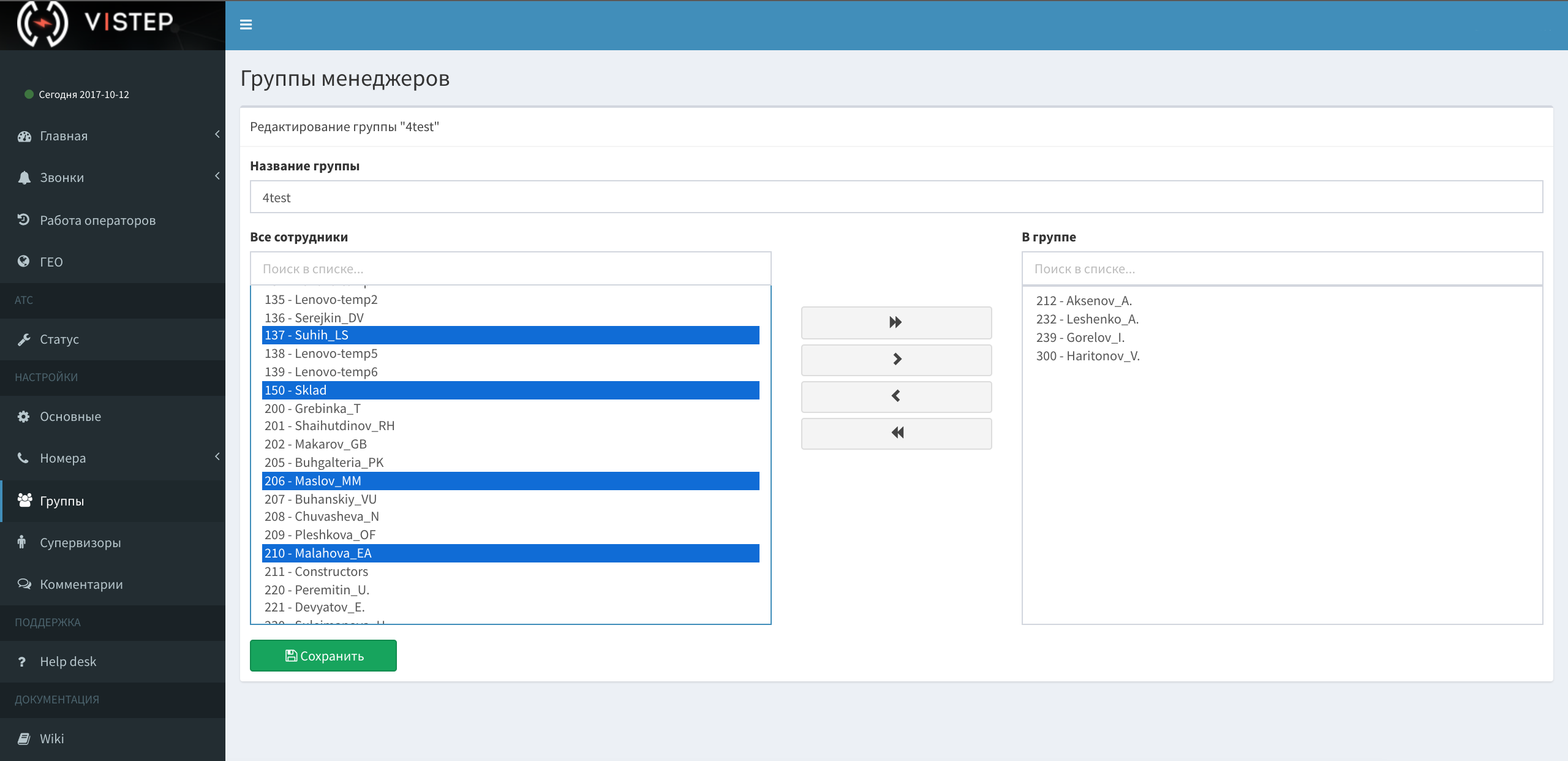
and search:

"Supervisors"
It is here that the administrator edits the list of supervisors and assigns them access to the records of groups and queues.

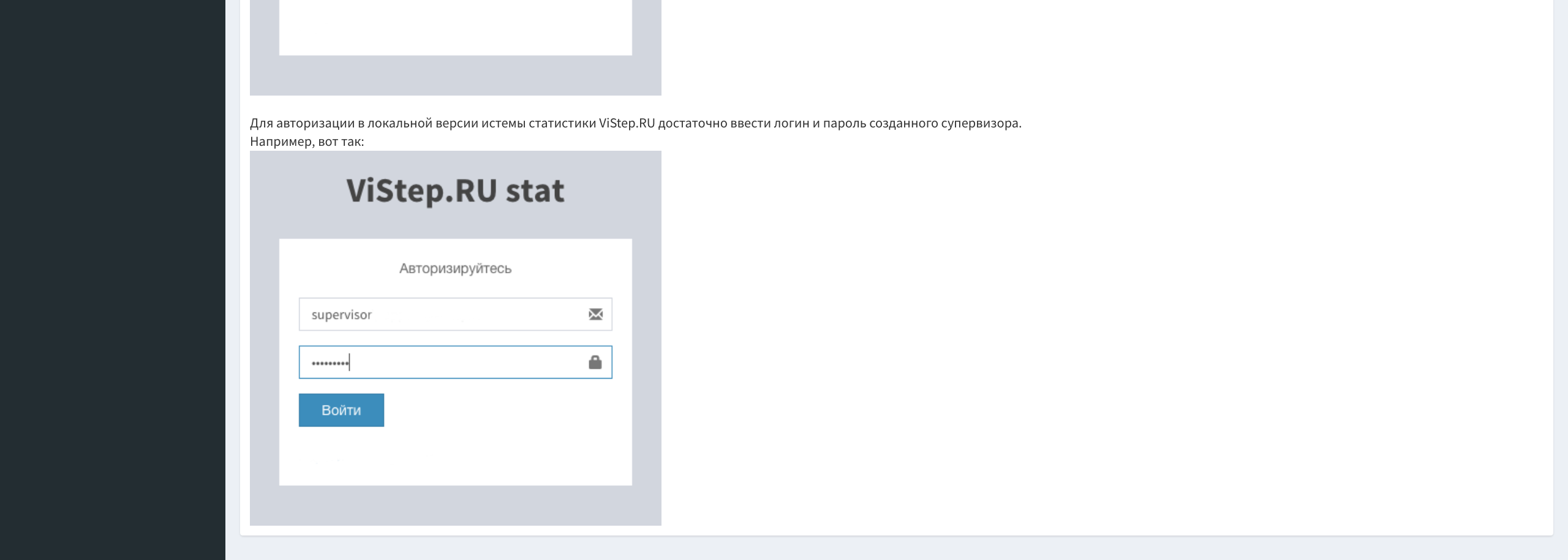
The settings menu, a supervisor like setting up groups, have all the same features.
Here is how it looks:

Comments
Make any necessary comments, and then will be able to put one of them for any call in the group tabular reports.

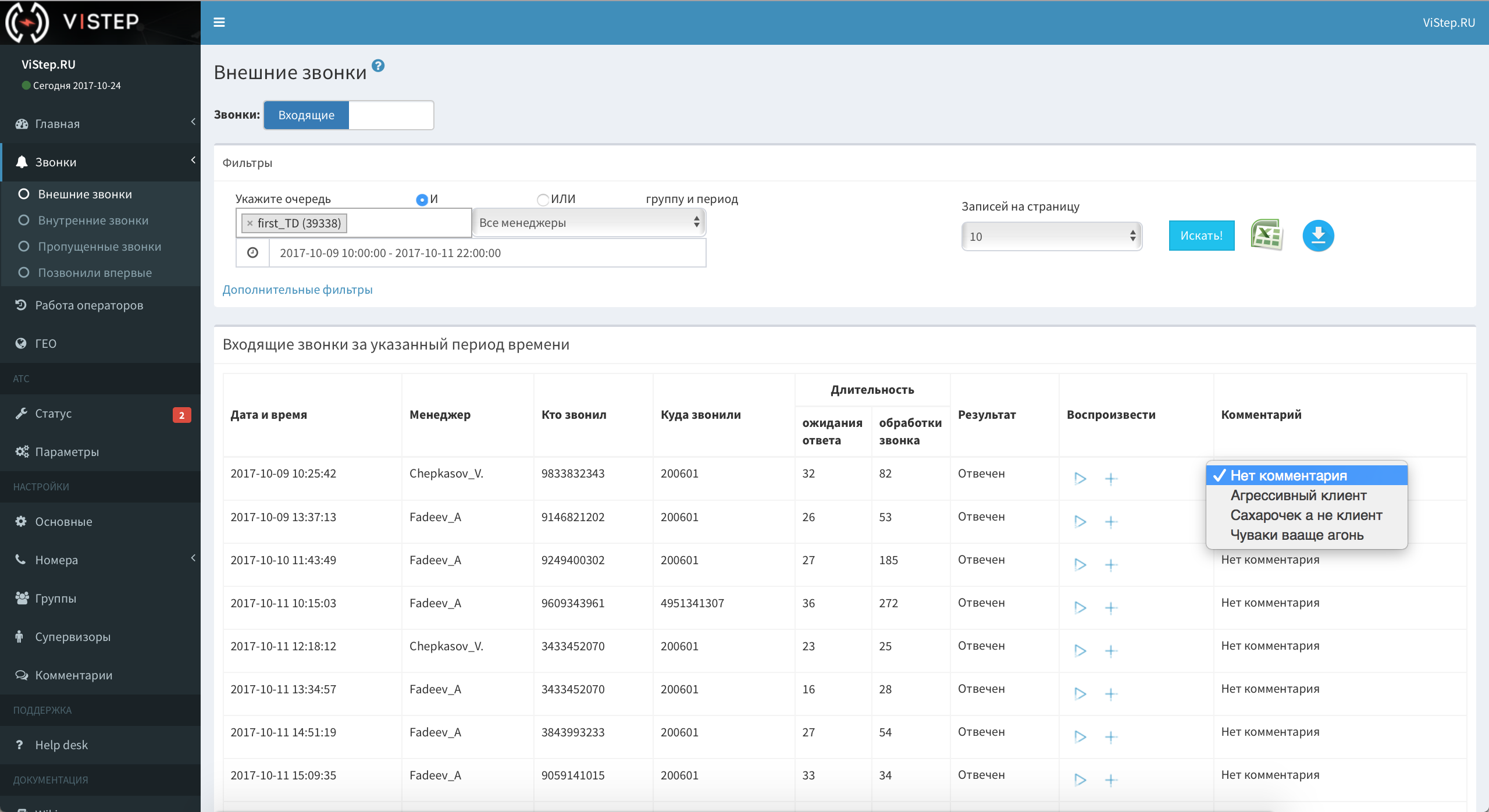
the
Help desk and Wiki
Help desk let me ask a question, ask for help or to explain something in the work statistics. We integrated it with the ticket system and immediately get notifications about new requests and you can track all correspondence directly from the interface.
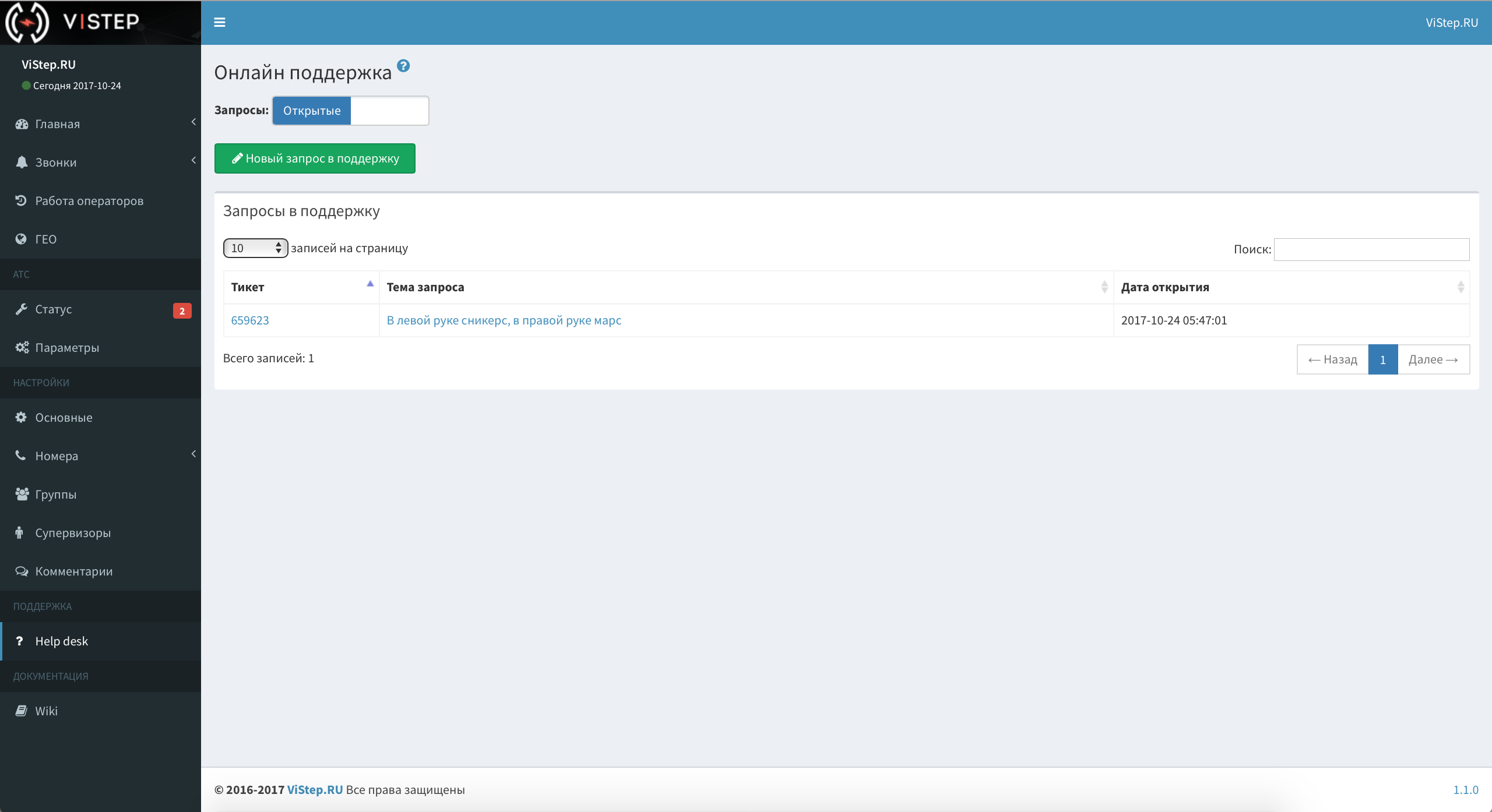


Wiki is just link on our knowledge base where we keep the operating instructions with the interface and collect different life hacks part of Asterisk.
the
in conclusion
It is because the work on the new features now in full swing and the project is not in place and continuously upgraded. For example, in one of the next releases, we plan to add a menu "Real-time".
Gather there are such factors as:
the
-
the
In General, we managed to follow the paradigm of Agile as something native or what- feedback allows you to plan each new iteration and move on. Therefore, we welcome your comments and suggestions!
There is no account on habré? Not a problem — all my coordinates in the profile FessAectan to email directly.
the
No, not forgotten
Thanks to everyone who mastered and reached the final publication. The authors of five of the coolest of comments for improving the product — free month cloud version! Winners will be announce on Friday 27.10.2017.
Комментарии
Отправить комментарий